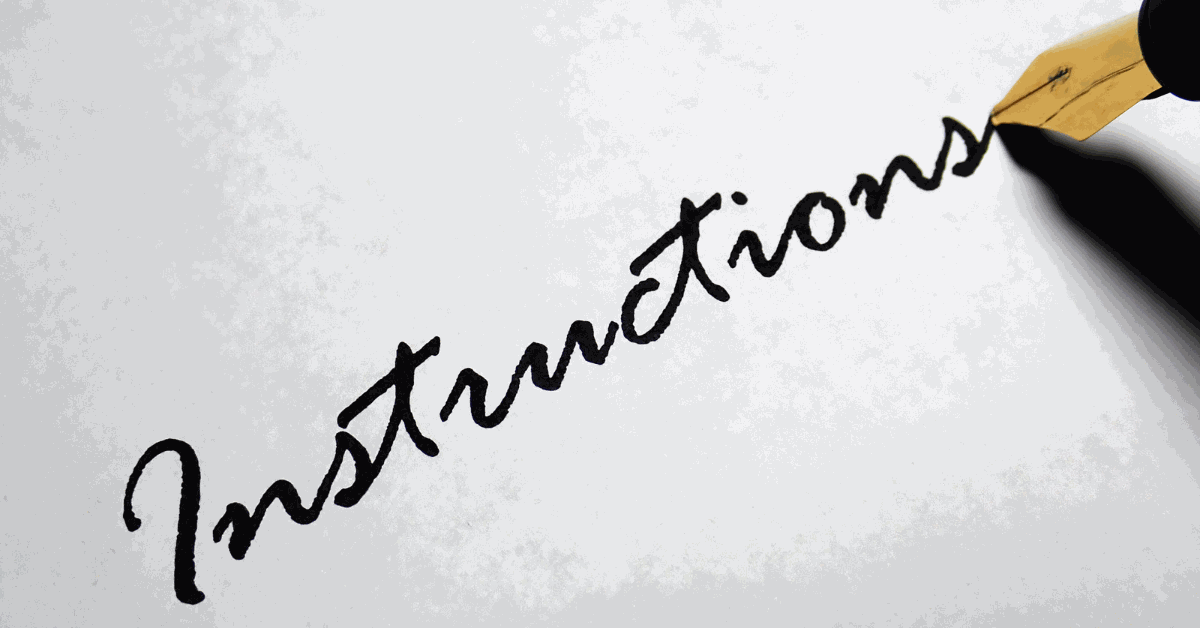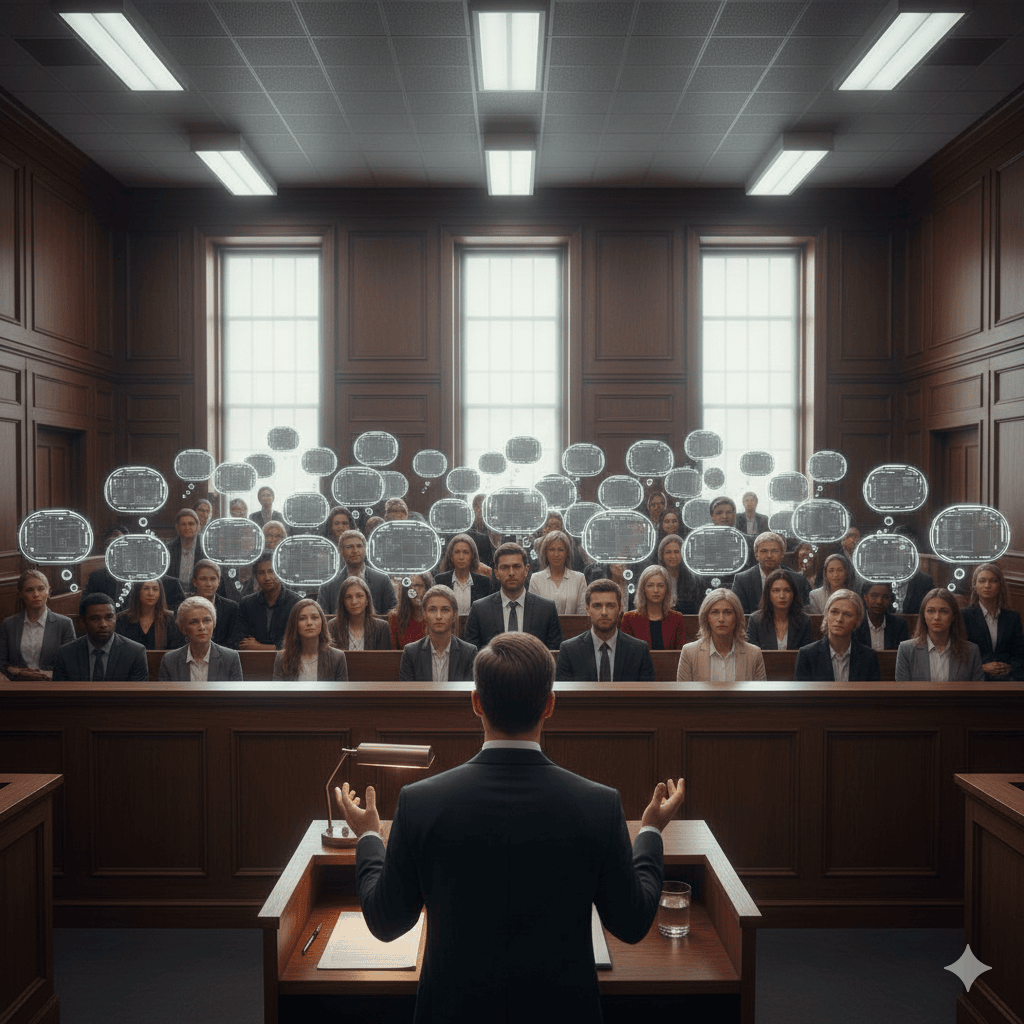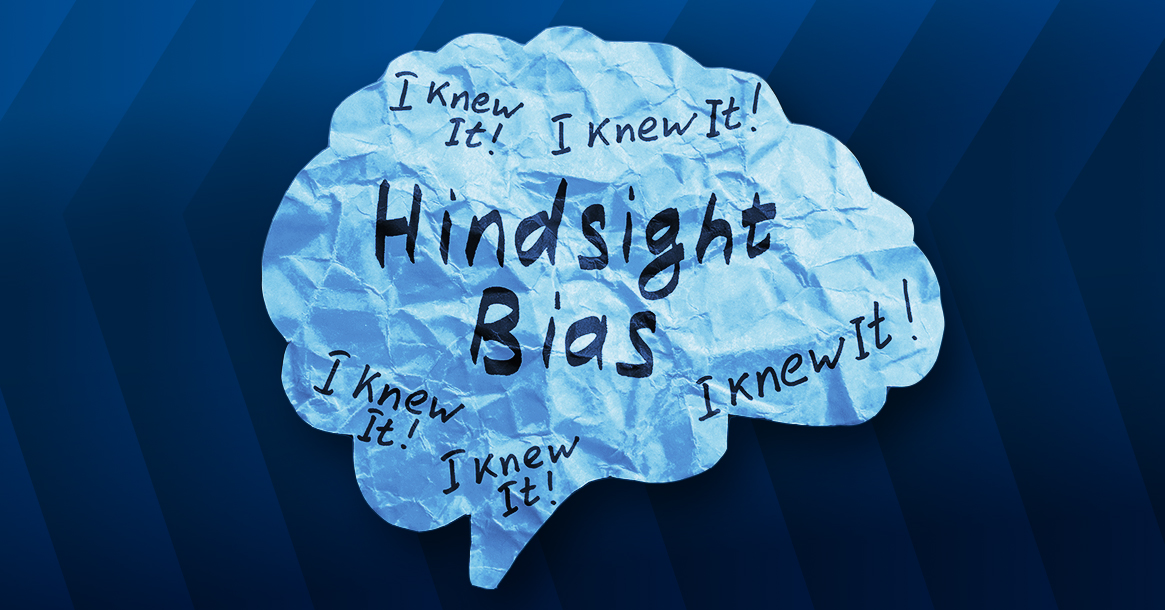Many jurors need help with jury instructions. Largely due to a lack of experience with legal jargon, they may misunderstand, ignore, or skim instructions. The outcome is often the same, regardless. Instead of objectively listening to both sides, evaluating the evidence, and then making a judgment as directed, too often, jurors draw preliminary conclusions based on their pre-existing biases, attitudes, beliefs, experiences, and personality types.
How can attorneys combat misunderstood jury instructions?
To help jurors better understand causation, burden of proof, negligence, past, and future damages, and allocation of fault, they must be educated beginning in jury selection. These ideas can then be repeated during opening and then again during closing so that by the time they get to deliberations, they have heard it a few times.
#1 – Proximate Cause or Causation
One of the most significant issues that jurors struggle with understanding is causation. Jurors simply don’t understand what it means, how it applies to the law, or how they are supposed to answer the question within the context of that definition. Jury research demonstrates that jurors don’t care that the plaintiff has the burden of proof of causation.
Human information processing frequently drives jurors to identify the cause, ignoring that the plaintiff has the burden of proof of causation. For many, they assume that if there is negligence, there is automatically causation. Once they’ve talked about negligence, causation is almost a foregone conclusion.
When jurors don’t fully understand the concepts of proximate cause or causation, they tend to give the benefit of the doubt to the plaintiff. Because of this, defense attorneys must help jurors by including causation questions during voir dire. Defense attorneys can start educating potential jurors during jury selection, defining causation, and asking if everyone understands. Defense attorneys may even provide some examples to illustrate the meaning. That way, when the juror hears your opening statement, they can recognize causation when it is presented to them and again when it is repeated during closing. Then, by the time they get to deliberations, they have heard it multiple times, significantly increasing the statistical odds of understanding.
#2 – Burden of Proof
Most jurors will not sit in a jury room and make a statement like, ‘I don’t think the plaintiff met the burden of proof on causation.’ In addition, many jurors confuse the burden of proof with “beyond a reasonable doubt.” This confusion is partially due to misrepresentation in movies and TV shows, as well as an overall lack of understanding. Although the judge instructs jurors that the plaintiff has the burden of proof of causation, they often revert to their previous understanding as soon as they enter the jury room.
Knowing how jurors interpret the burden of proof, it becomes incumbent on defense attorneys to plant the seed of alternative causation during voir dire. They must then ensure it gets repeated during opening and again during closing so that by the time the jury gets to deliberations, they have been exposed to it several times. Alternative causation is essential as it gives jurors a different scenario to discuss during deliberations.
#3 – Negligence
Jurors often struggle with the concept of negligence. One problem with negligence is that jurors might discuss it colloquially, as they are used to people referring to others as being negligent when they mean careless or indifferent. However, that understanding of negligence versus the legal definition of negligence is often vastly different, and that misunderstanding can be problematic.
Too often, jurors see there’s a bad outcome, and therefore they automatically assume there also must be negligence. There is no denying that negligence is a challenging concept for jurors. It can be tedious to explain, and some jurors likely will not fully understand the meaning regardless of how often it is explained, however, it is incumbent upon the defense to try.
#4 – Past and Future Damages
When it comes to past economic and non-economic damages, jurors often don’t fully understand the timeline of events, leading them to make enormous mathematical errors and wildly varying verdicts. Some jurors will return damages with some numbers because they understand the timeline, while others may come back with a number that is even higher than what the plaintiff’s attorney offered.
Although jurors tend to be more reasonable on future economic damages, defense attorneys often encounter issues with future non-economic damages, where juries have the propensity to try and begin awarding punitive amounts. Too often, jurors may feel the urge to send a message with compensatory damages. Being clear about the definitions and purposes of different types of damages is important.
#5 – Allocation of Fault
While jurors understand the allocation of fault, juror discussions tend to start here before looking at other aspects of the case. Jurors will sit down without even looking at the verdict form, start talking, and almost immediately begin assigning proportions of blame. Unfortunately, that is how the human brain likes to process information. In addition, considering all the questions a jury must answer, it’s probably the easiest to understand for many jurors. The concept of fault, and the consideration of fault in the context of the rest of the jury instructions, is critical to explain during your case.
Courtroom Sciences’ jury consulting services utilize scientifically-valid research and data collection of insights from mock jurors to help defense attorneys assess likely outcomes and inform their trial strategy. Our psychology professionals apply a psychometric methodology to assess juror profiles in voir dire. These services can help uncover invaluable information critical for achieving superior litigation outcomes.
Learn how CSI’s jury consultants can aid your next case.
Be confident in achieving superior litigation outcomes. CSI has the expertise, track record, and capabilities to help you win.



